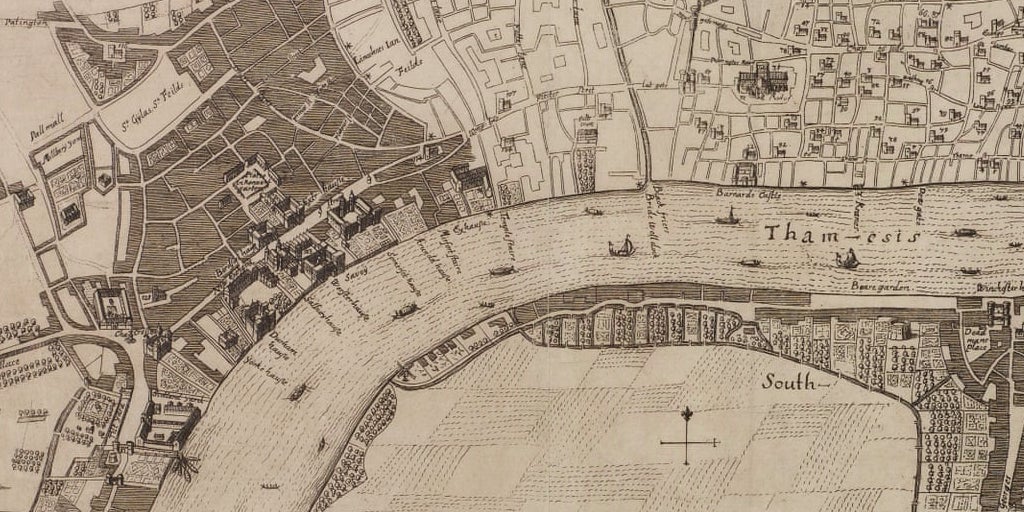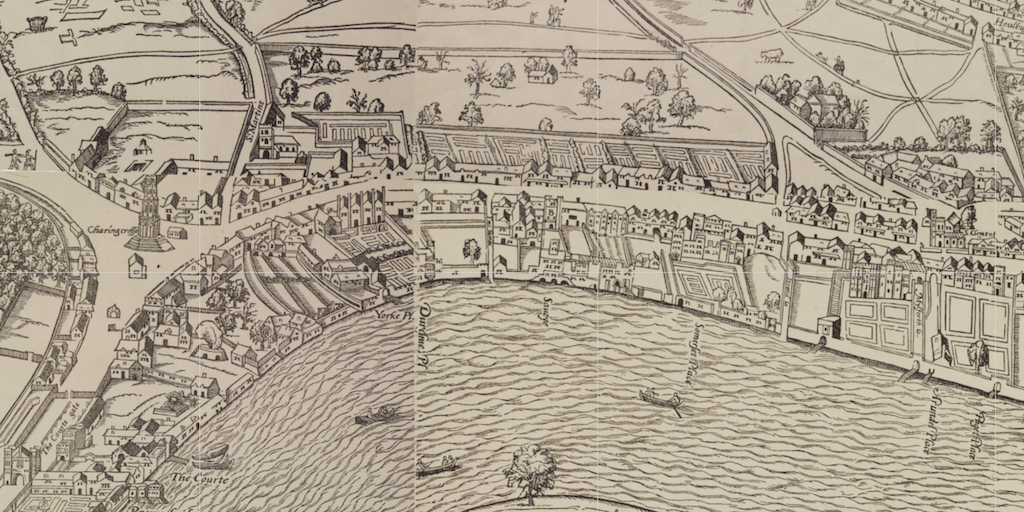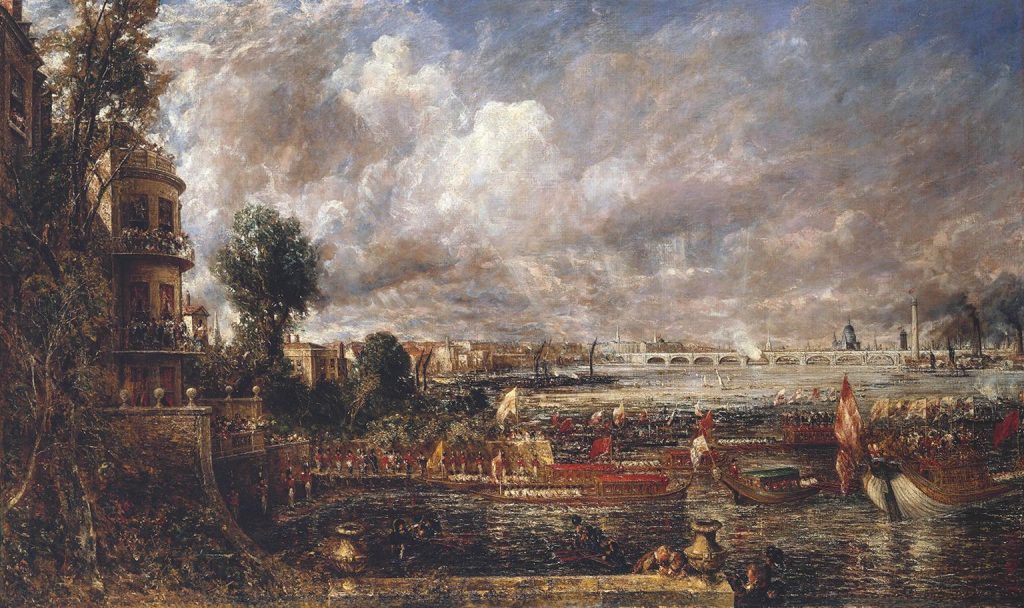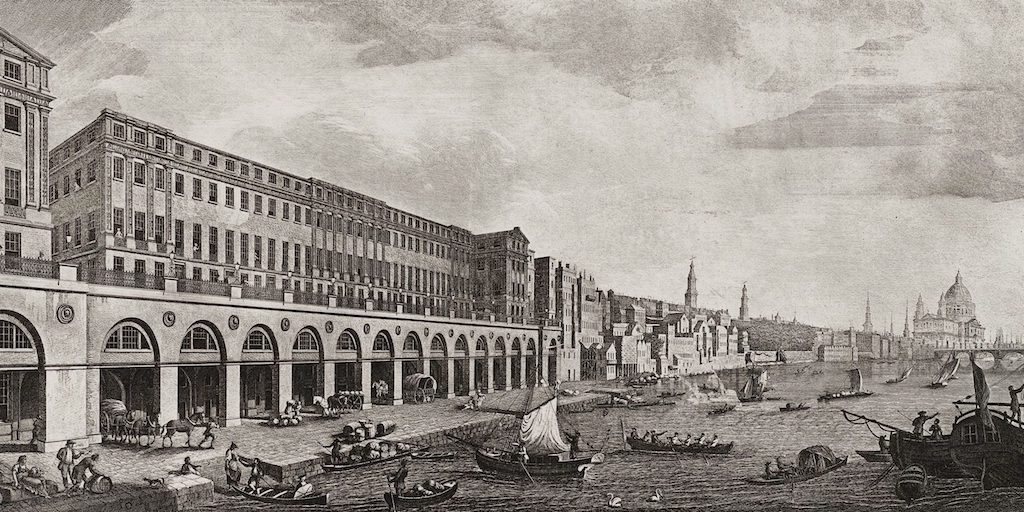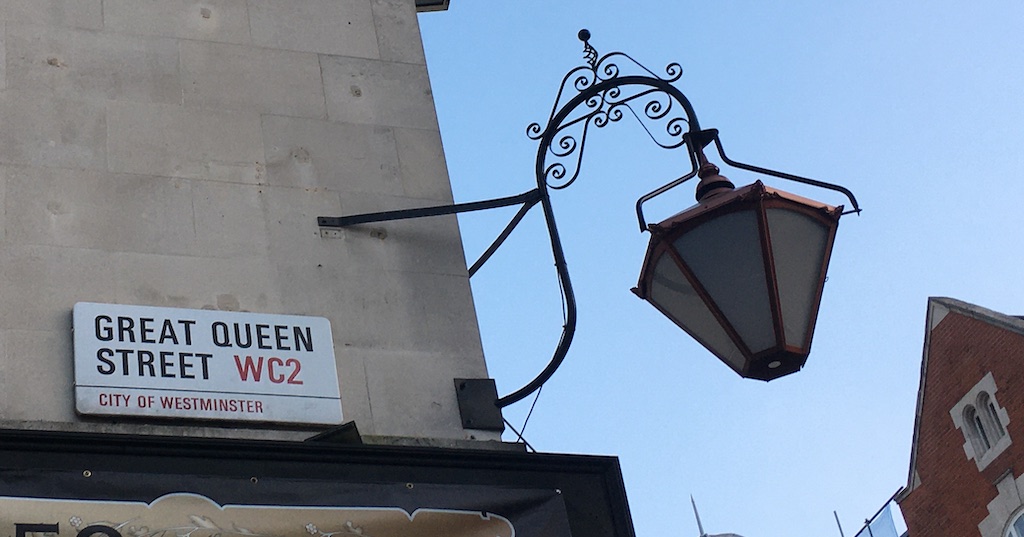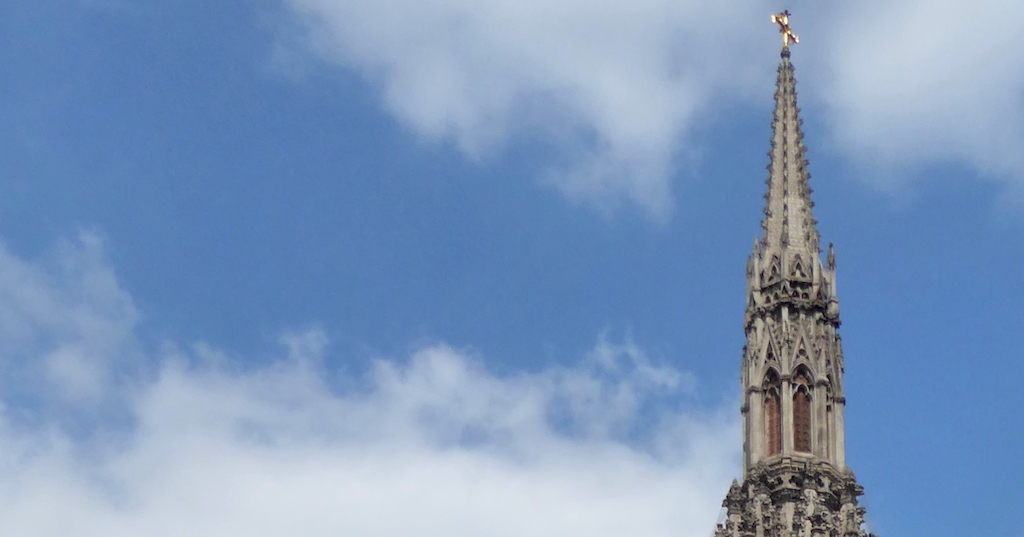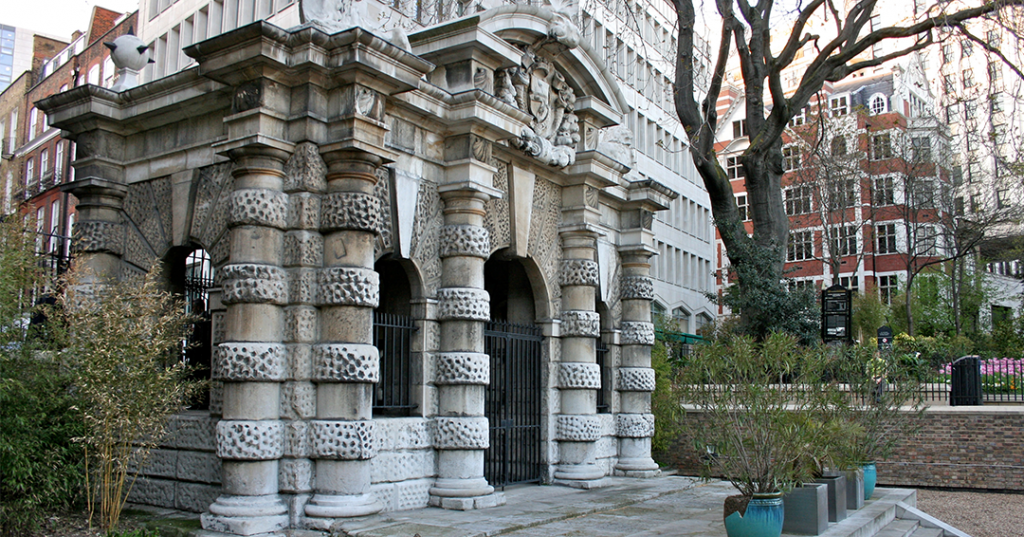Posts by Paul G.
Speculation and Urban Planning after the Great Fire
In the wake of the Great Fire of London (September 1666), many speculative entrepreneurs reinvented themselves as urban developers. These individuals were the major figures of the modernisation of London’s street network. Laying out regular streets over freshly-bought land and building rows of similar (if not identical) terrace houses proved the best way to maximise…
Read MoreSome Literary Testimonies on the Strand
Through centuries and countries, the Strand has always inspired awe and exalted writers. Through the different testimonies collected in this short article emerges the feeling that the Strand stands unique in the imagery of London. It exerts a fascination – be it sensory, musical, political, economic – to all visitors; insiders develop memories of it, outsiders…
Read MoreTwo Short Accounts on the Old Waterloo Bridge
Before structural issues led to a redesign (resulting in Giles Gilbert Scott’s concrete bridge built in 1942), Waterloo Bridge was considered the most beautiful of all London’s bridges, whose aura was captured more than once by artists: including Constable and Monet during his stays at the Savoy. The following accounts, one by an English archeologist…
Read MoreThe Adelphi and Robert Adam
By the end of the eighteenth century, the Strand had become the theatre of one of London’s most adventurous architectural enterprises: the Adelphi. Four Scottish brothers Robert, John, James, and William Adam endeavored to transform a slum into a fashionable quarter, and in doing so, to promote their dream of social and artistic uniformity, equity,…
Read MoreA short history of Great Queen Street
Laid out around the time of construction of Covent Garden and Lincoln’s Inn Fields, Great Queen Street, just to the North East of Covent Garden, was the third step of the quest for homogeneity that seventeenth-century London then wished to pursue. Following the same principles of houses already built in the Covent Garden area, brick…
Read MoreThe Eleanor (Charing) Cross
The story of the Eleanor Cross begins with the death of Eleanor of Castile, wife of Edward I, on 28th of November 1290. A series of twelve crosses marked the resting places of the funerary cortège which began in Nottingham, where Eleanor died, and made stops at towns between Lincoln and Westminster Abbey. Charing Cross…
Read MoreThe York Watergate
When the Duke of Buckingham ordered his York House (approximately located at present day 38 Strand) to be modernised in 1623, “it was customary for nobility to be conveyed by water” [1] while the less convenient carriages were preferred for state purposes. This made the building of private watergates by the river very common in…
Read More
